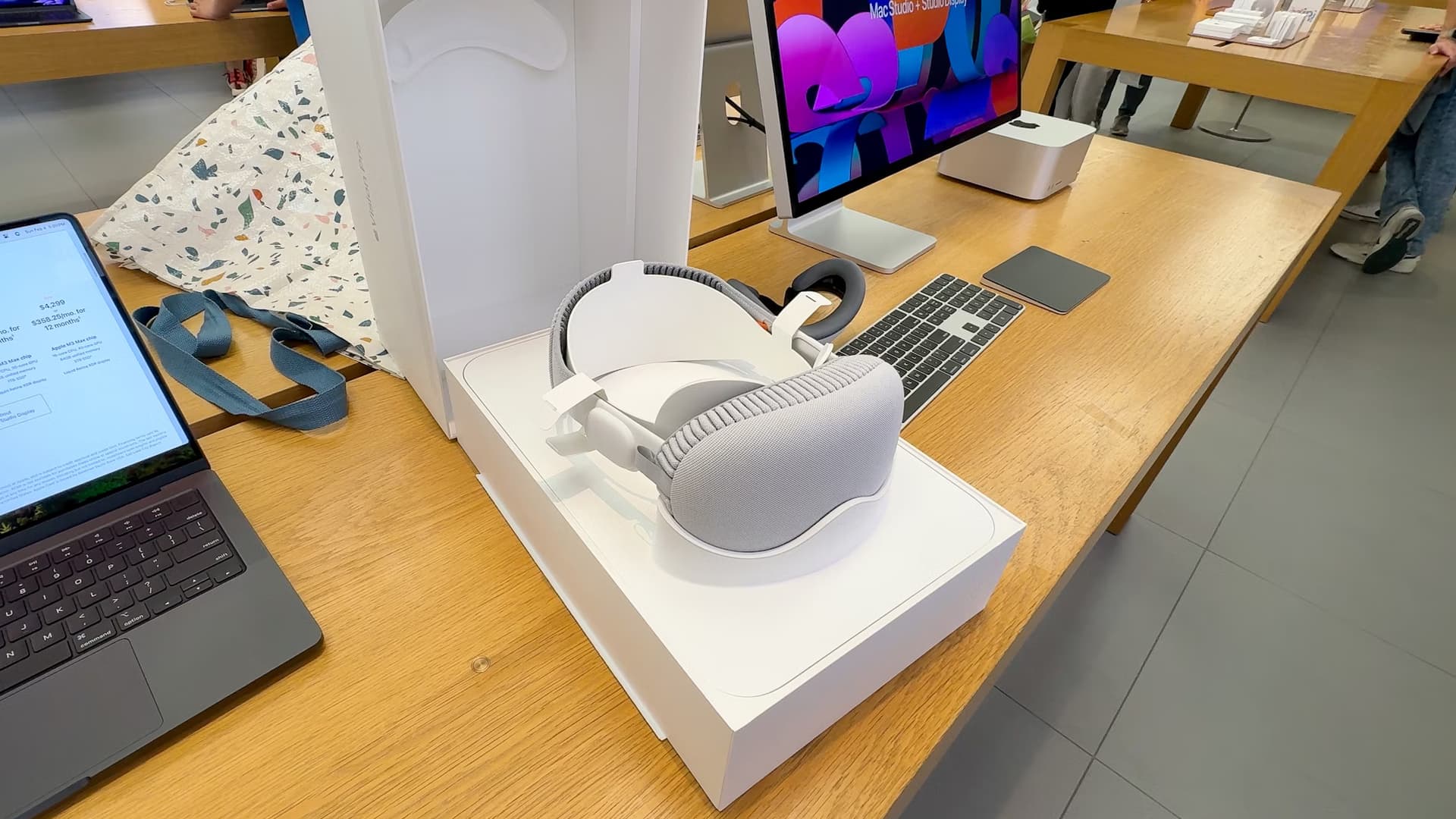Spatial Shift
The Future is Spatial (And You Can Start Learning It Today)
Remember when smartphones were “for nerds”? Spatial computing is next. Apple, Meta, Sony, and half the enterprise software market are betting that immersive interfaces will be as common as the touchscreen within a few years.
Whether you build products, tell stories, or train teams, the smart move is to start experimenting now—while the learning curve is still a differentiator.

Spatial Computing, Defined
Spatial computing blends the digital and physical worlds. VR pulls you into fully immersive environments, AR overlays information on top of reality, and mixed reality stitches both together.
Hardware is maturing—Quest 3, Vision Pro, PSVR2—while software toolkits (Unity, Unreal, Apple Vision SDKs) finally feel approachable. That combination means we're at the “smartphone circa 2008” moment.
Why This Matters Beyond Gaming
- Work: Immersive meetings and training simulations beat a grid of muted webcams.
- Commerce: 3D product walkthroughs and spatial showrooms reduce returns and boost conversion.
- Creativity: Storytellers are experimenting with interactive narratives, spatial audio, and volumetric video.
- Education: Labs, field trips, and complex visualizations become affordable when they're rendered instead of built.
How to Start Learning (Without Burning a Year)
- Phase 1 – Understand the landscape. Spend a month bingeing channels like Thrillseeker and MRTV, and get familiar with the differences between VR, AR, and MR.
- Phase 2 – Get hands-on. Budget route? Grab a Quest 3 or a cardboard headset. High-end route? Vision Pro or PSVR2. The point is to experience comfort constraints, interface quirks, and motion sickness triggers yourself.
- Phase 3 – Build something tiny. Use Unity Learn or WebXR to ship a prototype—no matter how janky. You learn faster by debugging than by note-taking.
- Phase 4 – Join the community. Discord servers, hackathons, and VR meetups are where best practices travel first.
Skills Worth Betting On
- 3D asset optimization and real-time rendering fundamentals.
- Spatial interface design, comfort-first UX, and accessibility in 360° environments.
- Spatial audio and haptic feedback design to sell immersion.
- Business fluency around spatial commerce, virtual events, and remote collaboration.
Treat everything you build like a case study. The portfolio you create now is what recruiters and clients will be combing through in 2026 when spatial teams scale.
Your 12-Month Roadmap
This quarter: get hardware, build a small experience, share it publicly. This year: polish a flagship project, stay on top of device releases, and plug into a community so you're not learning alone.
Spatial computing won't replace phones overnight, but it will reshape how we work, sell, teach, and entertain. The people who start experimenting now become the experts everyone hires later.
Keep exploring
Stories from the passing Scene
Further notes of thoughts that passed our mind.
October 11, 2025
Your WordPress Site is Slowing You Down (And Your Competitors Know It)
WordPress isn't bad. It's just old. Built for blogs in 2003, it's being forced to do jobs it was never designed for. React was built for 2025—here's why the migration matters.
Read this storyOctober 2, 2025
Forget Traditional Education. Here's How to Actually Learn Skills for 2026 (And Not Waste 4 Years)
Skip slow-moving curricula. Learn the skills that matter, build real projects fast, and use AI as your always-on tutor so you can stay ahead of the next wave of work.
Read this storyOctober 17, 2025
Your WordPress Site is Begging for a Migration (Here's the Escape Plan)
Migrating from WordPress to React sounds intimidating, but it's more straightforward than you think. Here's your complete roadmap—from planning to launch—without the technical jargon.
Read this storySeptember 24, 2025
Why Everyone Suddenly Wants to Look Rich (Without Looking Rich)
Loud logos are out. Quiet confidence is in. The old money aesthetic and quiet luxury movement reflect a cultural shift toward understated elegance, nostalgia, and timeless style that doesn't scream for attention.
Read this story